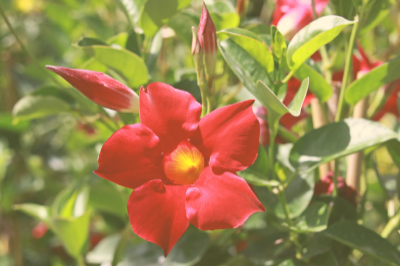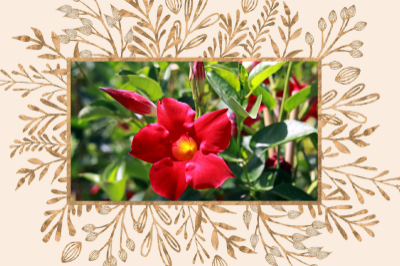How Often to Water a Mandevilla Plant
Mandevilla plants are fast growing. After removing any other reasons for slow growth, you can move them into a larger container. They require a soil that is acidic and contains a good amount of organic matter. You can amend the soil using compost and feed it twice per month with an appropriate liquid fertilizer. The plant likes slightly drier soil, but it can be watered regularly. To provide humidity it is possible to moisten the leaves.
When choosing the location for your plant, ensure you select a spot with enough sunlight. Although mandevilla tolerates some shade, it will not flower as well if it is exposed to too excessively. It is possible to move the mandevilla under a patio roof or shade tree during summer. Root rot can be prevented by making sure the soil is well-drained. Mandevilla plants can be killed by soil that is heavy. It is recommended to choose a loose, well-drained soils that have a lot of organic material.


